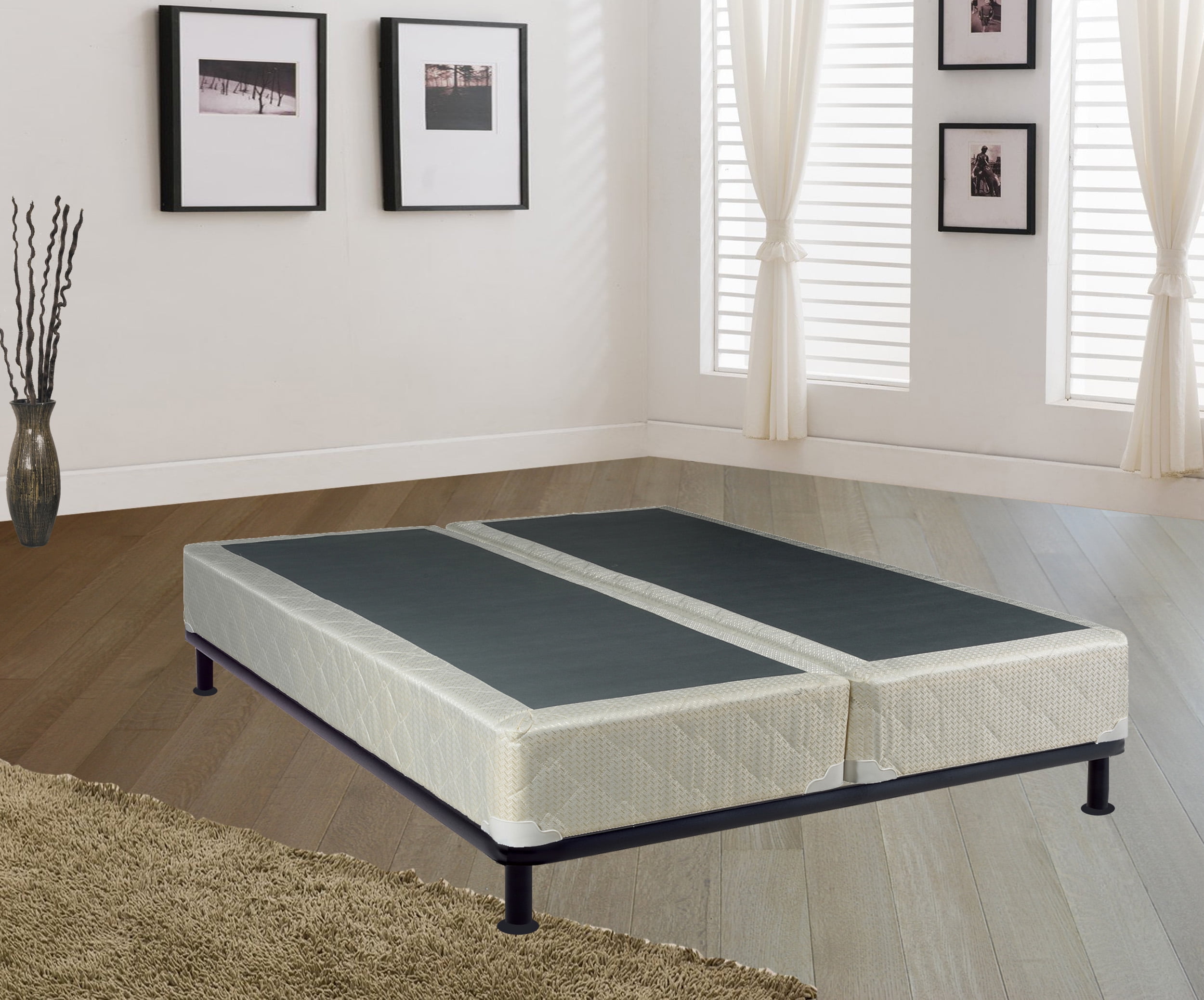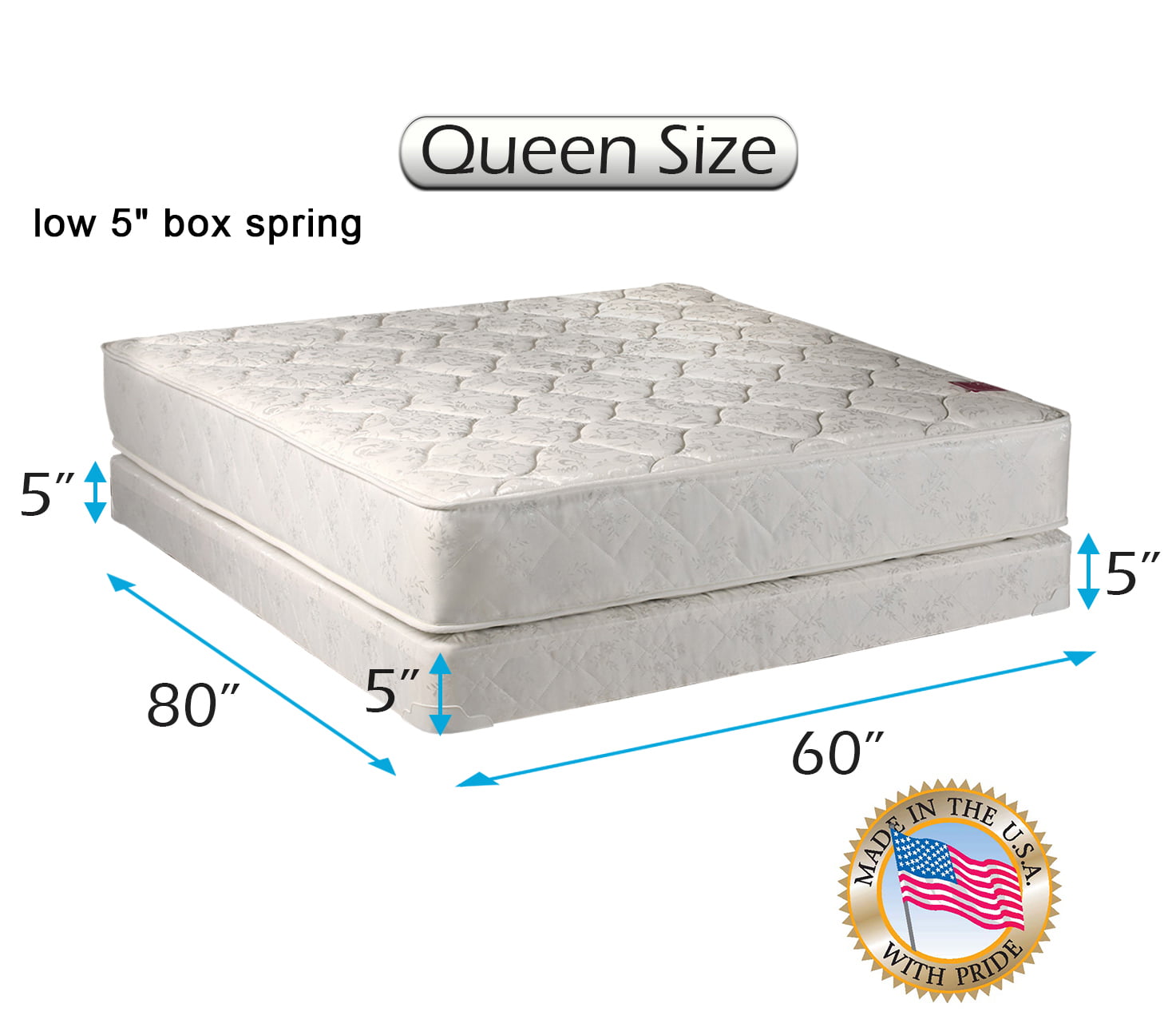

Large enough to sleep eight people comfortably, the bed was never in a private home but was created in 1590 as a tourist attraction for an inn in Ware, England. The box spring is usually the same size as the mattress that sits on it. The fantastic bed shown here is called the Great Bed of Ware and is currently housed in the Victoria and Albert Museum in London. Box Springs Buying Guide A box spring is a bed base with a wooden frame and either actual springs or metal rods that provide support to a mattress. Because these beds were so expensive, they were prized possessions to be passed down through a family’s generations. Ropes or woven straps provided support for the mattress, which was generously stuffed with down and topped by fine linen sheets and wool blankets. The ubiquitous four-poster grew even more lavish and ornate during this period, with fanciful carvings, inlaid paintings, colorful trim, and luxurious, heavy fabric curtains to enclose the bed on all four sides when desired, along with a canopy that might be fabric or wood.

Typically, a bedroom during the time of the Renaissance would be on an upper floor of the home, and would contain a bed with a trundle underneath that could be pulled out to sleep family members or servants, along with a wooden trunk to hold clothing.įor the wealthiest people, the bedchamber continued to be a popular spot to receive visitors and carry on business. While the poorest folks continued to sleep on simple pallets of hay laid on the floor or on a simple platform, it was now common for those of middle-class status to have not only a four-poster bed but also a separate bedroom to hold it. It even became common for royal or wealthy owners to remain in bed to receive visitors, eat meals and carry on business.Īlthough not as lavish as some, the bed in the photo here is typical for the period. The mattress was thickly stuffed with down and feathers, and sheets were made of fine linen.Īs these beds were very expensive, they were treasured belongings and passed down through the generations. Four-poster beds were created during this time, hung with heavy velvet drapes and canopies, which served to show off the owner’s wealth and also warded off drafts and insects. Typically made of heavy wood, the beds of the wealthy were raised high off the floor, sometimes so high that a step stool was required to reach them. Large, impressive, often ornately carved or encrusted with gold or jewels, beds expanded far beyond a simple platform during the Middle Ages. If you were lucky enough to be wealthy, your bed was an opportunity to show off your status. If you lived in medieval Europe, your sleeping arrangements would have largely depended on your position in life.

The Spruce Home Improvement Review Board.


 0 kommentar(er)
0 kommentar(er)
